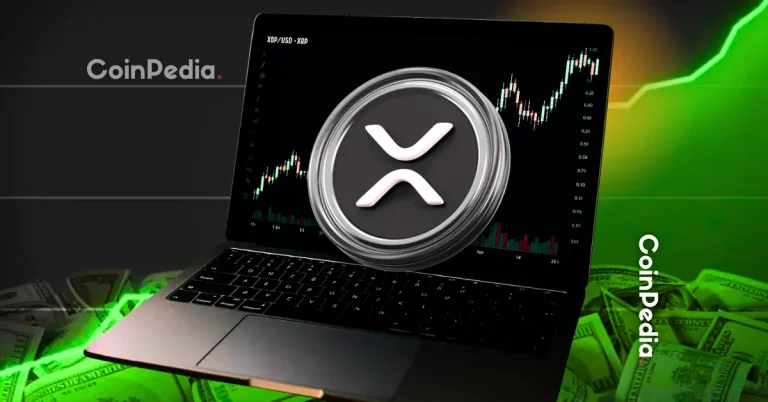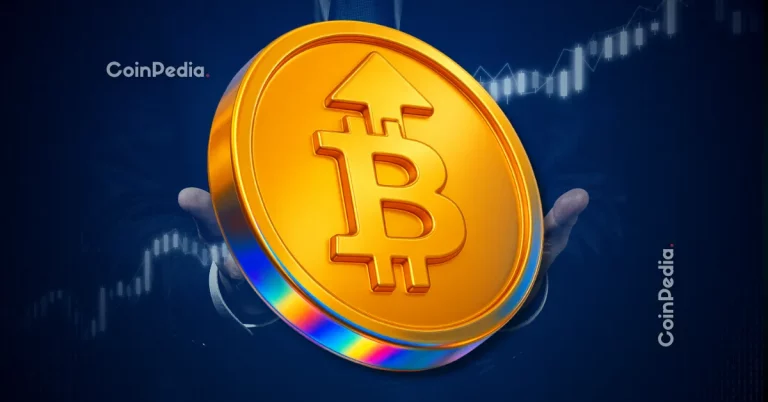
The Evolution of E-commerce by 2025: Trends and Innovations
The Evolution of E-commerce by 2025 is an exciting topic, and it’s expected to continue growing and evolving in the coming years. The e-commerce industry has undergone significant changes in recent years, driven by advances in technology, changing consumer behaviors, and the rise of new business models. In this article, we’ll explore the latest trends and innovations in e-commerce, including the use of artificial intelligence, virtual reality, and digital payments.
Introduction to E-commerce
E-commerce, or electronic commerce, refers to the buying and selling of goods and services over the internet. It has become an essential part of the global economy, with millions of businesses and consumers participating in online transactions every day. The e-commerce industry has grown rapidly over the past two decades, driven by the widespread adoption of the internet, mobile devices, and digital payment systems.
Trends in E-commerce
There are several trends that are shaping the e-commerce industry today, including:
- Artificial Intelligence (AI): AI is being used in e-commerce to personalize the shopping experience, improve customer service, and optimize supply chain management. For example, chatbots are being used to provide customer support, while machine learning algorithms are being used to predict consumer behavior and recommend products.
- Virtual Reality (VR) and Augmented Reality (AR): VR and AR are being used in e-commerce to create immersive shopping experiences, allowing consumers to interact with products in a more engaging and interactive way. For example, some retailers are using VR to create virtual try-on experiences, while others are using AR to provide product demonstrations and tutorials.
- Digital Payments: Digital payments are becoming increasingly popular in e-commerce, with consumers using credit cards, PayPal, and other online payment systems to make purchases. The rise of digital payments has also led to the growth of mobile commerce, with consumers using their smartphones to make purchases on the go.
- Social Commerce: Social commerce refers to the use of social media platforms to buy and sell products. It’s become a significant trend in e-commerce, with many consumers using social media platforms like Facebook, Instagram, and Pinterest to discover and purchase products.
Innovations in E-commerce
There are several innovations that are transforming the e-commerce industry, including:
- Blockchain Technology: Blockchain technology is being used in e-commerce to improve supply chain management, reduce counterfeiting, and enhance security. For example, some retailers are using blockchain to track the origin and movement of products, while others are using it to create secure and transparent payment systems.
- Internet of Things (IoT): IoT is being used in e-commerce to create smart products and services, such as smart home devices and wearable technology. For example, some retailers are using IoT to create smart packaging that can track the location and condition of products in real-time.
- 5G Networks: 5G networks are being used in e-commerce to provide faster and more reliable internet connectivity, enabling consumers to make purchases and access services on the go. For example, some retailers are using 5G to create immersive shopping experiences, such as virtual reality try-on and augmented reality product demonstrations.
Conclusion
In conclusion, the e-commerce industry is expected to continue evolving by 2025, driven by advances in technology, changing consumer behaviors, and the rise of new business models. The trends and innovations outlined in this article, including AI, VR, digital payments, and blockchain technology, are transforming the e-commerce industry and creating new opportunities for businesses and consumers alike. As the e-commerce industry continues to grow and evolve, it’s essential for businesses to stay ahead of the curve and adapt to the latest trends and innovations.



